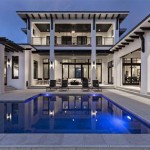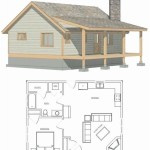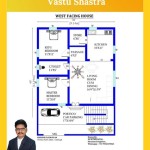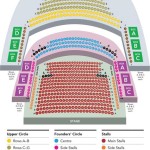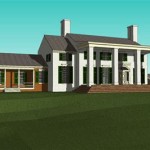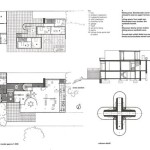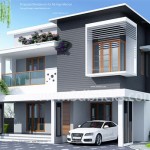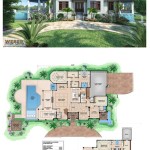Honey House Plans for Bees: Essential Aspects to Consider
Creating a sustainable and thriving honeybee colony requires careful planning and a well-designed bee house. Honey house plans are essential to provide shelter, protection, and optimal living conditions for your bees. Here are some crucial aspects to consider when designing or choosing honey house plans:
Size and Capacity
The size of your honey house should accommodate the size and population of your colony. A general rule of thumb is to provide 1 cubic foot of space for every 5,000 bees. Consider factors such as the number of frames, brood area, and honey storage capacity to determine the appropriate size.
Ventilation and Temperature Control
Proper ventilation is vital for maintaining a healthy environment within the honey house. Good air circulation helps regulate temperature, remove moisture, and prevent the buildup of harmful gases. Install screened entrances and sufficient ventilation holes to ensure adequate airflow.
Orientation and Sunlight
The orientation of your honey house affects its exposure to sunlight and weather conditions. Ideally, position the entrance facing southeast to maximize sunlight in the morning for foraging activity. Avoid placing the honey house in areas with excessive wind or shaded by tall trees.
Materials and Construction
Choose durable and weather-resistant materials for the construction of your honey house. Cedar, cypress, or redwood are commonly used as they naturally resist decay and pests. Ensure proper sealing and weatherproofing to protect against moisture and extreme temperatures.
Accessibility and Maintenance
Consider the accessibility of your honey house for inspections, hive management, and honey harvesting. Provide ample space around the entrance for easy access and include a removable roof or side panels for maintenance and hive inspections.
Hive Design and Frames
The hive design within the honey house should be compatible with your chosen frames. Consider factors such as frame spacing, depth, and compatibility with your beekeeping techniques. Ensure there is sufficient space between frames for bees to move freely.
Additional Features
Some honey house plans incorporate additional features such as built-in feeders, queen excluders, or supers to simplify beekeeping tasks. These features can enhance the efficiency and convenience of managing your colony. Consider your specific needs and preferences when choosing plans.
By carefully considering these essential aspects when selecting or designing honey house plans, you can create an optimal environment for your bees to thrive and produce honey. Remember to consult with experienced beekeepers or refer to reputable sources for guidance and assistance in planning your honey house.

Honey Bee Hive Plans Keeping Beekeeping For Beginners

A Montana Bee House From Dutch Design Honey Suite

How To Build A Beehive Diy Family Handyman

Bee Box Plans Boxes Hives Diy

18 Creative Diy Beehive Plans For Your Own Beekeeping Insteading

What Is A Honey House And Do You Need One Revive Bee

Mobile Honey House Bee Keeping

Building Our New Honey House Before Season Part 2

The Incredible Architecture Of Bees Archdaily

European Bee Houses The Hives Stay Inside And Open At Back A Us House Images Of Wonde Backyard

